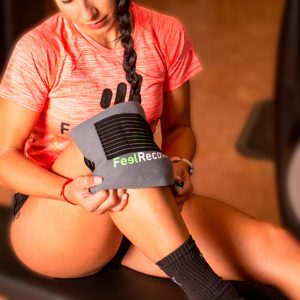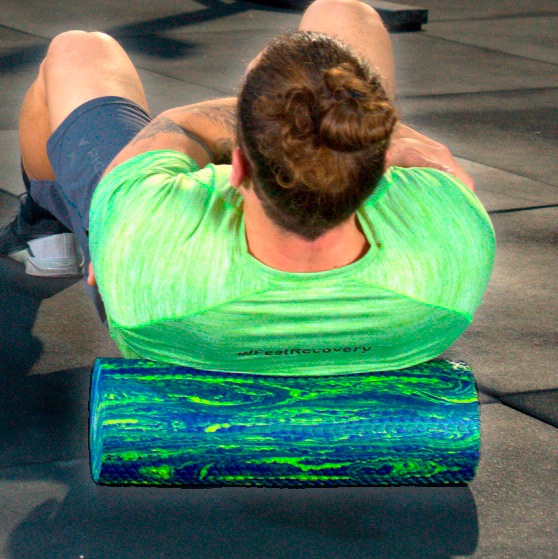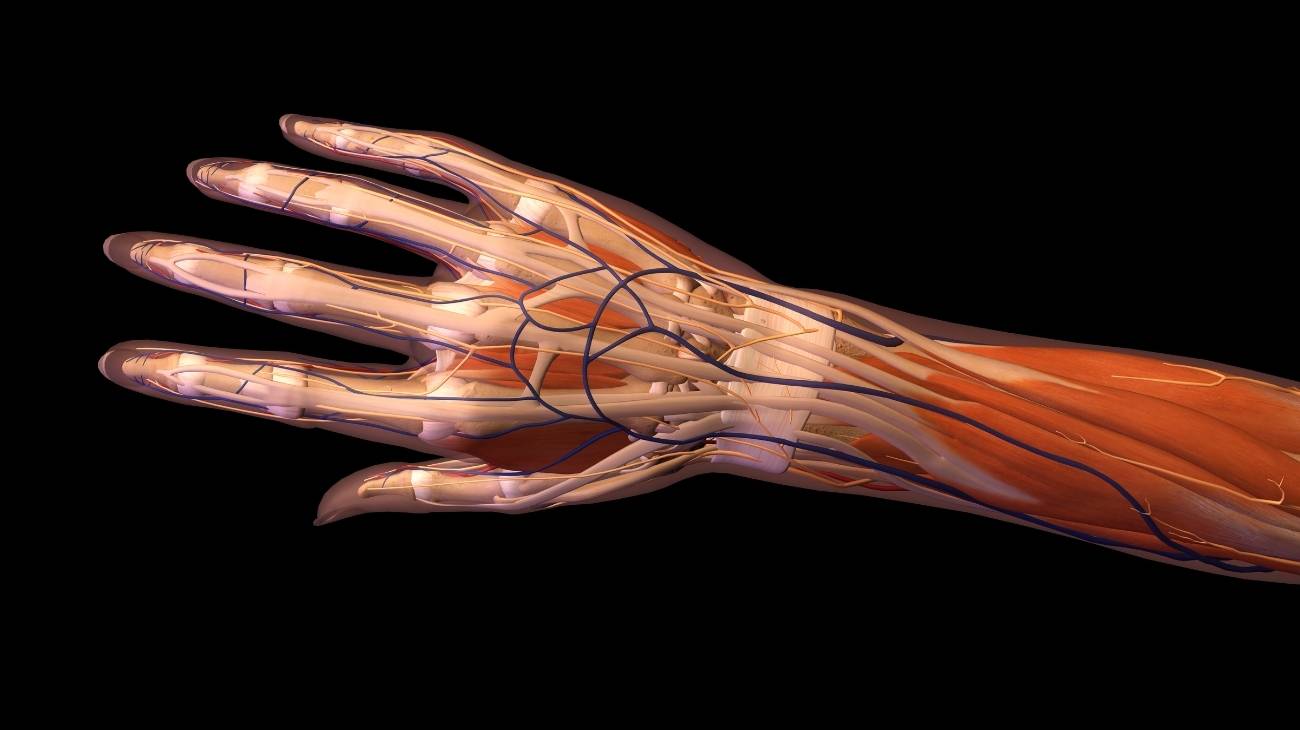Calf Anatomy
The calf is an area at the back of the leg. It brings together two bones and three muscles, which are essential for the movements of the knee, ankle and foot. To learn more about this anatomical part located in the popliteal fossa, read on. You will find all the information related to the biomechanics of the calf and knee.
Featured Categories




















